Spring isn’t the only time of year to get gardening. Late summer and fall are also good times to do some work on your yard and garden. Some popular plants are best placed in the ground during this season, thanks to more dependable rainfall, milder weather and fewer pests to contend with. Many of these make for beautiful fall colors, and some will bloom more beautifully in the spring if maintained during these cooler months with warmer soil.
And this is a good time to divide some of your perennial plants. But why would you want to do that?
Perennials can get overcrowded in one spot on your property. Plant roots grow clustered together, making it harder for the plant to get nutrients. Splitting up perennials helps rejuvenate growth for the coming year, allows the plants more room to spread, and is a good way to propagate more plants for your yard without starting from seed or buying more plants.
You’ll know if some division could help your perennials if they aren’t blooming as well or are making smaller flowers.
How to Divide Your Perennials Properly
You’ll want to divide and replant perennials in late summer and fall, with plenty of time before the season’s first frost (if you’re in an area where it gets cold enough to worry about such an effect).
Plants that do well with being divided in the fall are those that bloom in the spring and are done flowering by late summer. Plants shouldn’t be divided when actively blooming. If divided at the right time, they can direct their energy to growing new root structures and leaves instead of producing blooms.
Make sure you only uproot mature plants. In generally, the process is fairly simple: Dig up as much of the roots as possible, split the plants upside down starting at the roots, and transplant the separated parts back into the ground as quickly as possible.
Generally, you’ll want to shake off the dirt from the roots before dividing. South Dakota State University Extension points out that each newly divided plant should have three to five leaves and enough roots to be successfully transplanted. Trim down most perennials on top before replanting.
You’ll also want to plant the newly divided segments at the same depth as the parent plant. Water the newly planted sections and consider adding mulch or compost to help them get going.
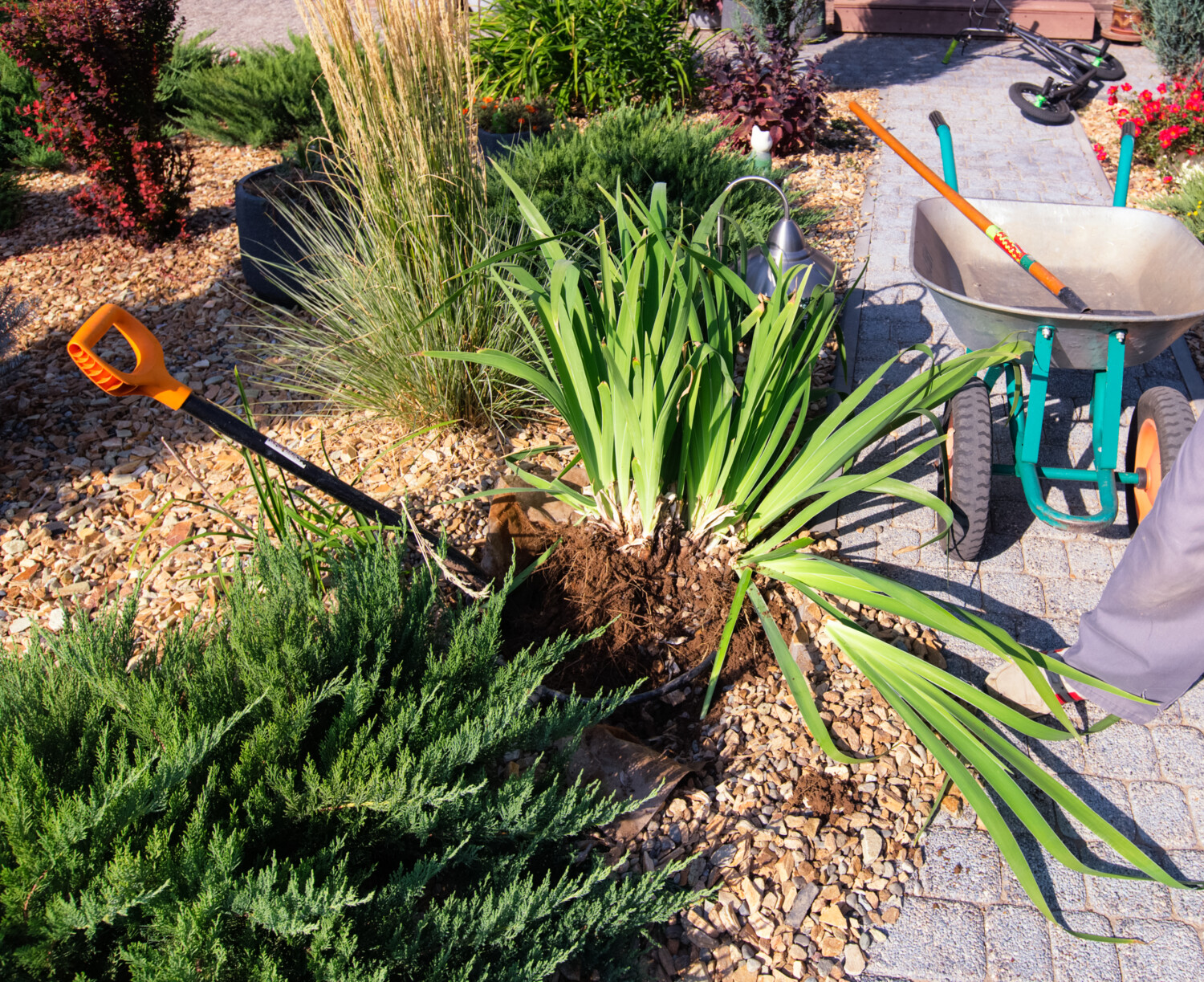
MORE: How to plant bulbs in fall for beautiful spring flowers
Here are five popular perennials that do well when divided in the late summer or early fall.
Irises
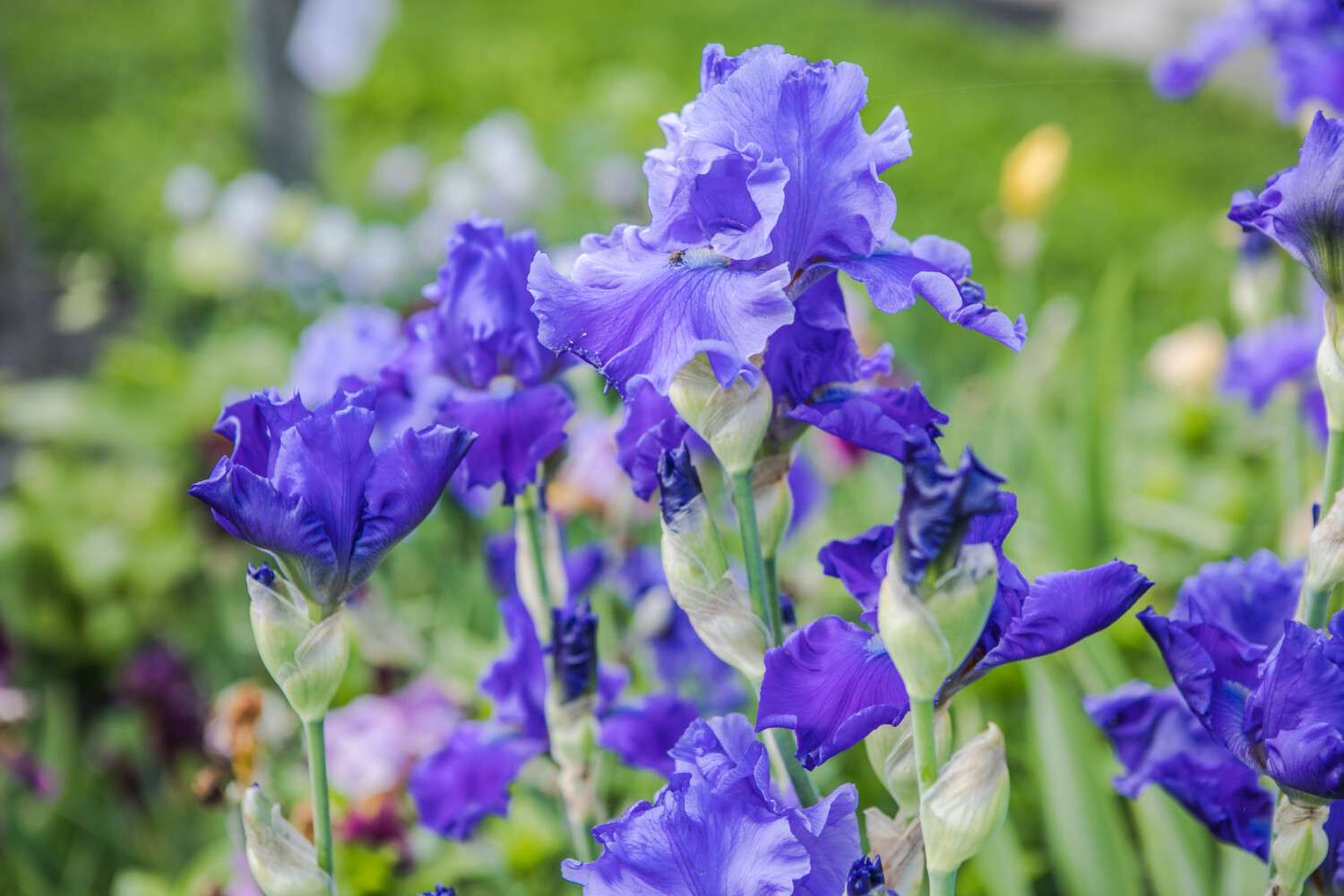
Irises are easy to grow, reliable blooms that attract pollinators like hummingbirds and butterflies. They usually do well being divided every three to five years. Cut the leaves down to a third of their original height when dividing, so the plant focuses on new roots rather than maintaining leaves. Only replant the fleshy underground stems, called rhizomes, of irises that are thick and have healthy roots with at least a couple of leaf fans.
MORE: 14 long-lasting perennials that will add low-maintenance beauty to your garden
Lilies
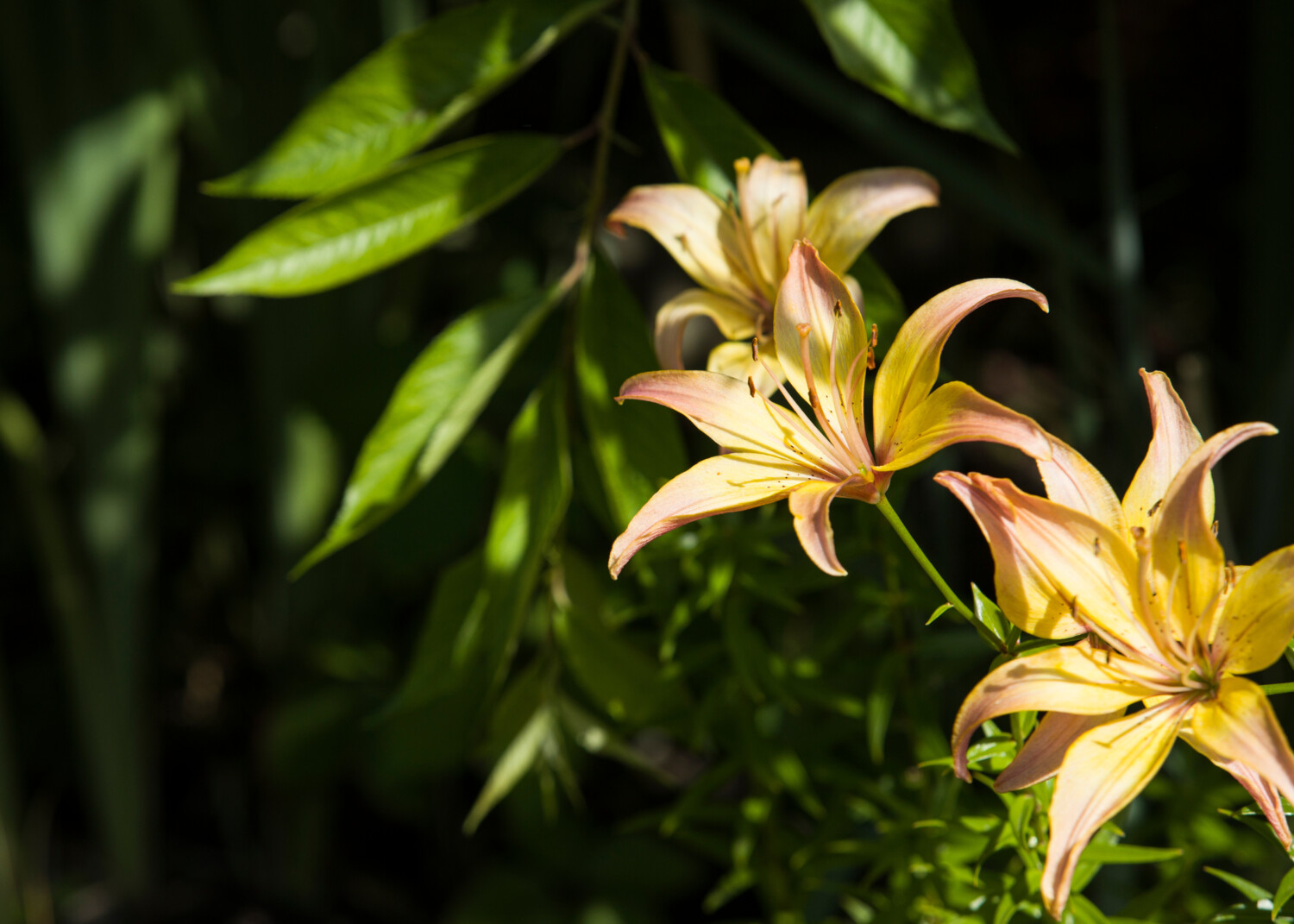
Lilies make striking additions to your garden due to their beautiful blooms and strong fragrance. Along with other perennials with “fleshy roots” like peonies and hostas, lilies do well when divided in the fall every three to five years or so. To ensure your lily bulbs aren’t getting smaller and smaller each season, you’ll want to divide them. Check for lily beetles first and gently remove any soil from the bulb. Replant them in full sun, using well-drained holes about three times the depth of the size of the bulb, less than an inch apart with pointed ends up. Place them in clusters, and make sure the clusters are about 2 feet apart.
Alliums
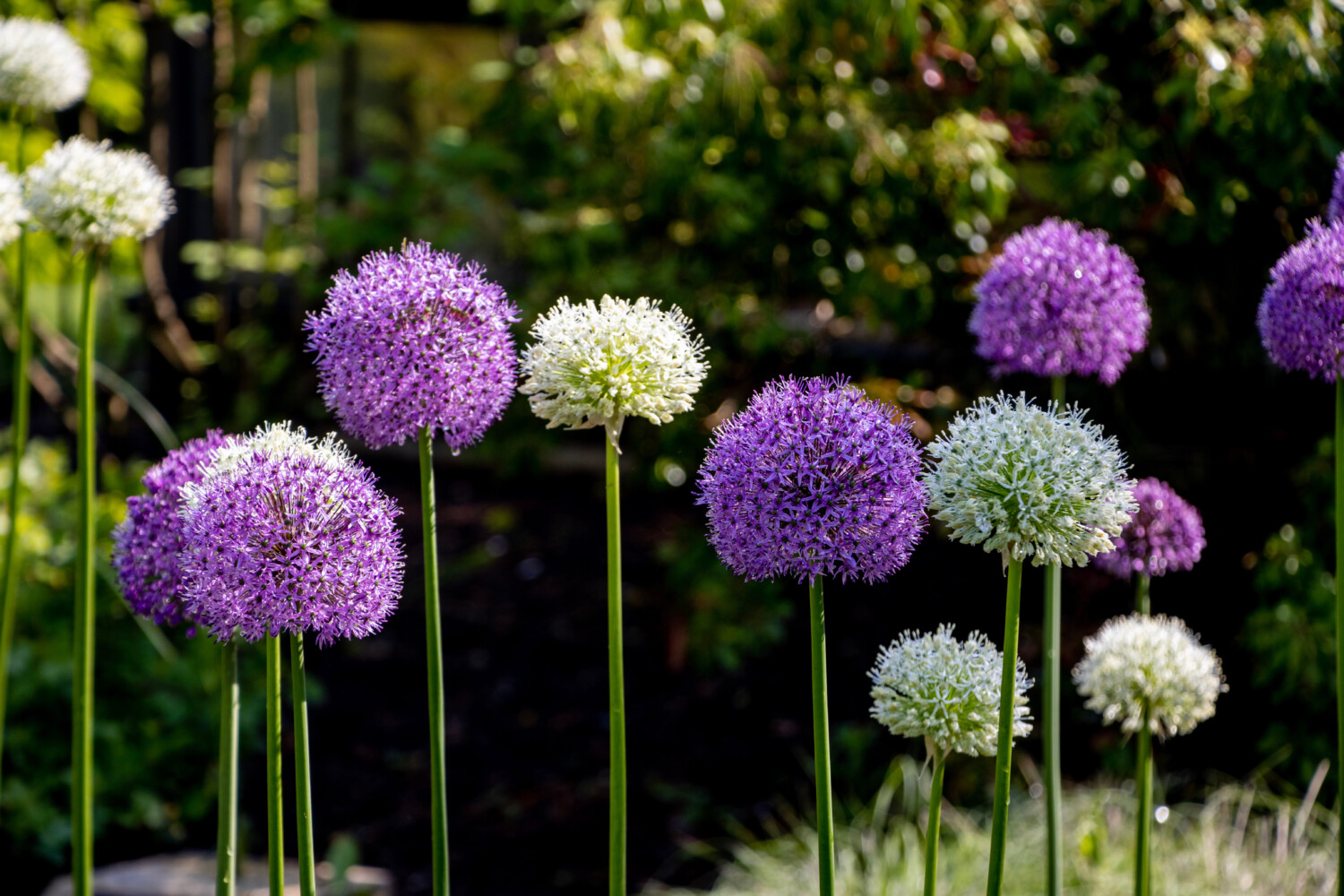
Alliums, or ornamental onions, look like pretty clustered orbs. They can be divided each fall after their foliage is gone, starting two or three years after they’ve been planted. When you dig them up, look for natural division lines where you can pull them apart so that you can replant the bulbs.
Hostas
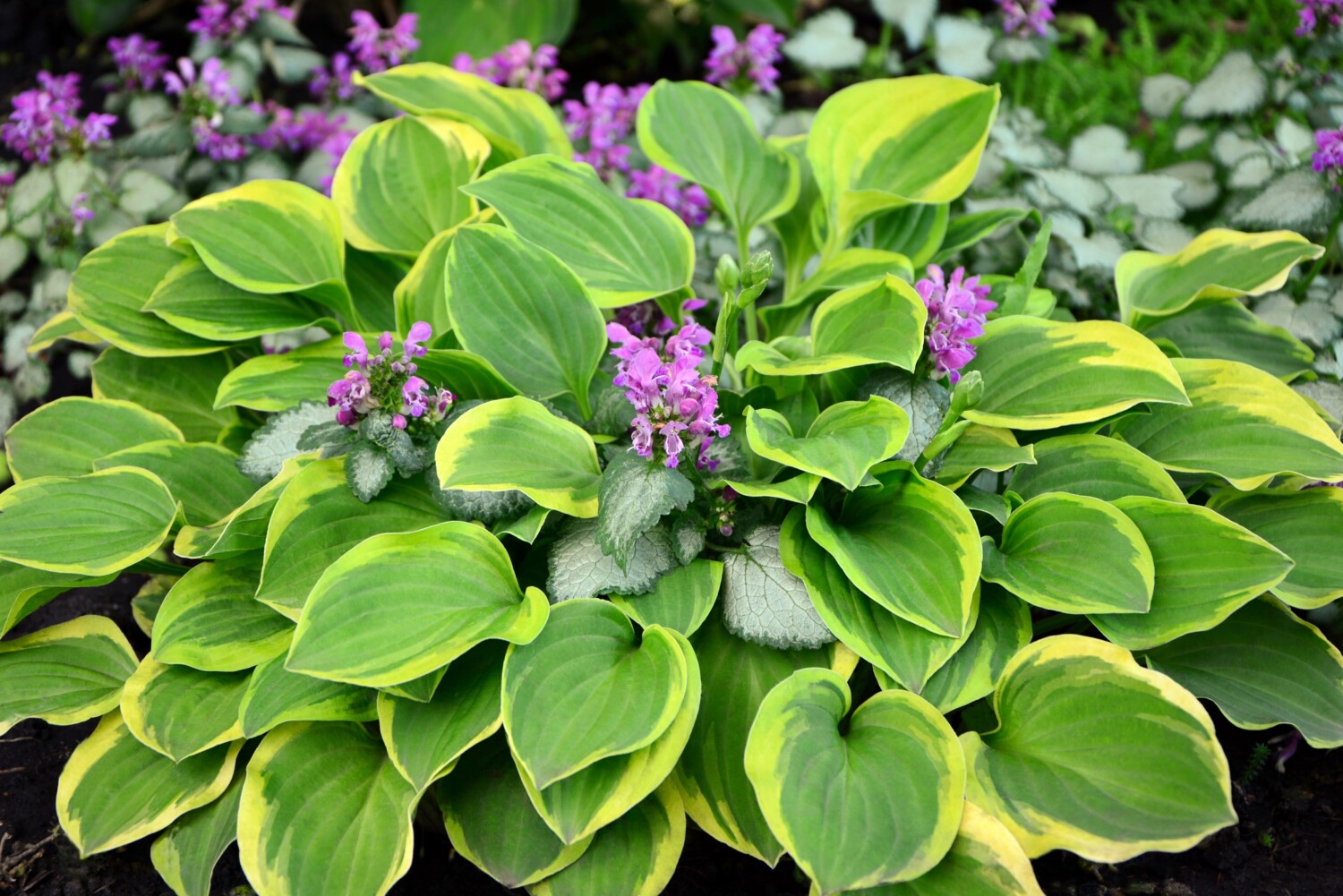
Hardy hostas are fairly low maintenance. They grow in clumps and are easier to divide in the fall, although they generally don’t need to be divided often. Use a spade to slice off a clump of the planet or dig a whole plant up. Split the root ball into segments with a few leaves each. Replant them in the shade.
MORE: Did you know hostas are edible? Here’s how to prepare them
Black-Eyed Susans
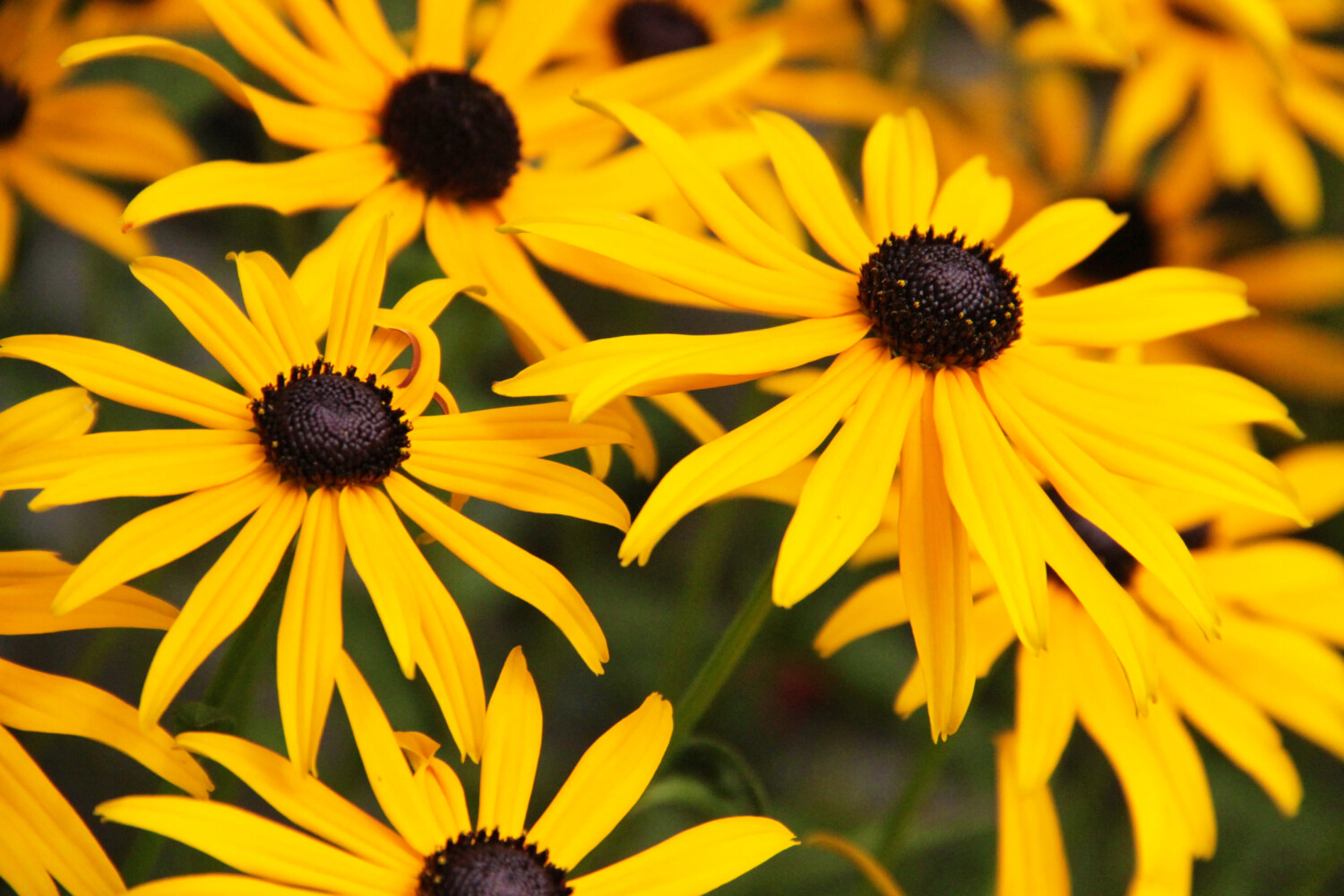
Rudbeckia, or black-eyed Susans, have long-lasting blooms (they last about a month!) and survive in all types of environments. They reproduce on their own fairly quickly but can be divided about every three to five years to prevent overgrowth in one area. These flowers can crowd out others if allowed to spread unchecked. Divide as soon as you see blooms starting to fade so you have time to replant before the first frost.
Happy fall gardening!
This story originally appeared on Simplemost. Check out Simplemost for additional stories.


